Underwater scooters, also known as diver propulsion vehicles (DPVs), are innovative tools that enable divers to move through water with minimal effort. Whether you're exploring coral reefs or navigating underwater caves, a DPV dramatically extends your range and dive time.
This article explains how underwater scooters work focusing on the electric motor, battery systems, and propeller design to help you understand the technology behind these compact, powerful machines.
How Does an Underwater Scooter Work?
At its core, an underwater scooter operates by converting electrical energy into mechanical thrust. This process is driven by three main components: a brushless electric motor, a high-capacity battery pack, and a hydrodynamic propeller system. Let's explore how each of these components works together to power your underwater journey.

Brushless DC Motors: Quiet, Efficient Power
Most modern underwater scooters use brushless DC (BLDC) motors. Why brushless? Unlike traditional motors with physical brushes that wear out over time, BLDC motors rely on electronic controllers to switch current through the motor windings. This means less friction, greater efficiency, and a much longer lifespan./p>
BLDC motors provide high torque at low RPMs, making them ideal for turning propellers underwater without needing gearboxes. Many underwater scooters feature outrunner-style motors, where the rotor spins on the outside of the stator. This configuration delivers more torque in a compact space, eliminating complex drive systems and improving reliability.
How Are These Motors Waterproofed?
Sealing a high-speed motor underwater is no small task. Engineers typically use one of three waterproofing techniques:
-
Magnetic Couplings: These allow the motor to stay sealed inside the housing while transferring torque to the external propeller.
-
Waterproof Shaft Seals: Traditional but prone to wear over time.
-
Fully Submersible Motors: Designed to run directly in water, with components sealed in epoxy or waterproof coatings.
Cooling is also handled naturally water absorbs heat very efficiently, allowing the motor to stay cool even during extended use.
Battery Systems: Long Runtime in a Compact Package
Powering an underwater scooter requires high energy density, low weight, and robust safety features. That's why most DPVs use lithium-ion or lithium-polymer battery packs. These batteries offer long runtimes anywhere from 60 to 300 minutes while keeping the scooter light and portable.
Battery packs typically range from 14.4V to 36V, with capacities between 500Wh and over 1000Wh. Most come with a built-in Battery Management System (BMS), which ensures safe charging, discharging, and thermal regulation. If the system detects overheating or overcurrent, it shuts down automatically to protect the user.
Battery modules are housed in watertight compartments with O-ring seals. Some high-end models even feature:
-
External charging ports
-
Modular battery systems
-
Digital displays showing real-time battery status
These features make it easy to maintain your scooter and plan longer dives confidently.
Propellers: Turning Torque into Thrust
The propeller is where all that motor torque becomes forward motion. But not just any propeller will do underwater propellers are specifically designed to operate at low speeds in high-resistance environments.
Most underwater scooter propellers have two or three blades with an airfoil profile to maximize thrust while minimizing drag and cavitation. To enhance performance:
-
Shrouds or ducts are used around the propeller to improve static thrust.
-
Stators behind the propeller straighten water flow and boost efficiency.
-
Direct-drive systems reduce mechanical losses and simplify maintenance.
Some advanced scooters even use rim-driven propellers, where the motor rotor is integrated into the propeller ring eliminating the need for a central shaft and further improving water flow.

How Fast Can a Scooter Go?
Depending on the model, underwater scooters produce between 50 and 300 newtons of thrust. This translates to swimming speeds of 1 to 2 meters per second more than enough for recreational diving or technical missions.
Modern DPVs also use advanced electronic speed controls, including sine-wave motor drivers and field-oriented control (FOC) algorithms. These features:
-
Deliver smoother acceleration
-
Increase energy efficiency
-
Reduce noise and vibration
In real-world diving, this means longer runtimes, quieter operation, and more precise control.
Recommended: Are Sea Scooters Worth It?
Why Understanding the Technology Matters
Many divers use underwater scooters without knowing what's happening under the hood. But understanding your DPV's internal workings can help you:
-
Diagnose issues when performance drops
-
Choose the right model based on motor and battery specs
-
Optimize your dives by managing power and thrust more effectively
Knowing how your scooter generates thrust, handles cooling, and protects its electronics also helps you maintain it properly ensuring years of safe, efficient operation.
Introducing the Asiwo MANTA Underwater Scooter
One standout example of this technology in action is the Asiwo MANTA, a popular underwater scooter designed for recreational and semi-professional use. Compact yet powerful, the MANTA features a high-torque brushless motor and a durable propeller system capable of delivering smooth, stable thrust. It’s powered by a high-capacity lithium-ion battery that offers up to 35 minutes of run time on a single charge ideal for short to medium dives.
With its intuitive control interface, lightweight build, and integrated safety features like automatic shut-off and child-lock functionality, the Asiwo MANTA is an excellent entry point for divers looking to enhance their underwater mobility. Its dual-speed settings and compact design make it easy to maneuver, transport, and store, appealing to divers of all experience levels.
Whether you're snorkeling near the surface or exploring deeper waters, the Asiwo MANTA combines user-friendly design with reliable performance bringing the thrill of underwater propulsion to more adventurers than ever.
Frequently Asked Questions
How deep can underwater scooters go?
Most consumer underwater scooters are rated for depths between 30 and 40 meters, while professional models may reach 100 meters or more. Always check the manufacturer's specifications for depth limits.
Can I travel with an underwater scooter?
Yes, but airline regulations often restrict lithium battery capacity. Choose a model with airline-compliant modular batteries or check airline rules before flying.
How do I maintain an underwater scooter?
Rinse the scooter with fresh water after each use, check O-rings for wear, and store the battery separately in a cool, dry place. Regular inspection ensures longer service life.
Final Thoughts
Underwater scooters are more than just diving accessories they're feats of engineering. By combining high-torque brushless motors, energy-dense batteries, and streamlined propeller systems, these devices make underwater exploration safer, faster, and more enjoyable.
Whether you're a recreational diver, underwater photographer, or technical explorer, understanding how an underwater scooter works empowers you to dive smarter. And as technology advances, expect even more powerful, efficient, and compact DPVs to hit the market.
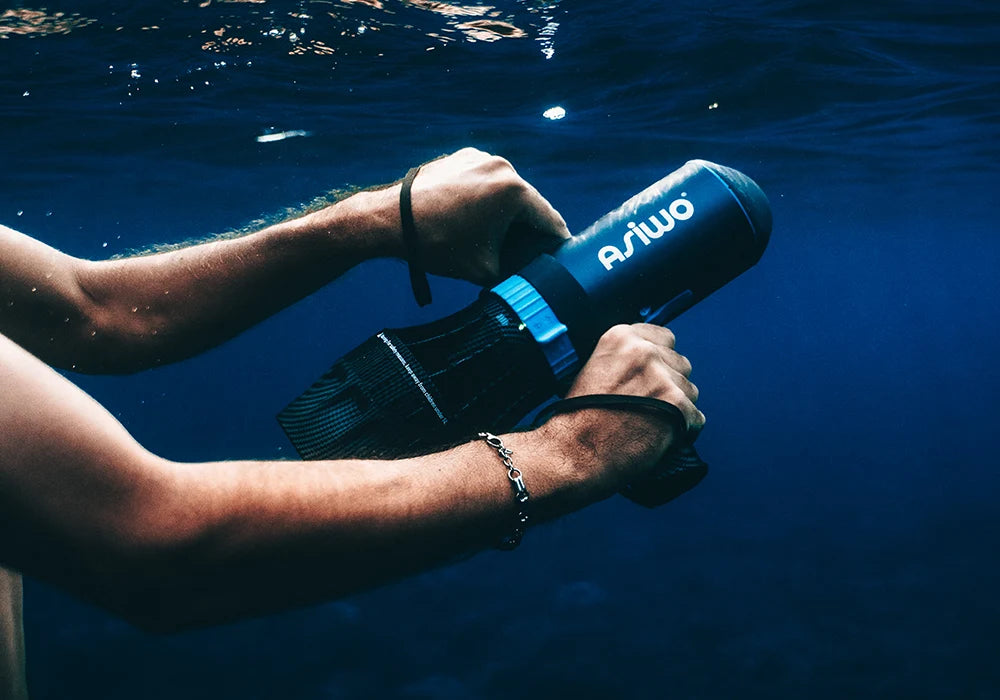




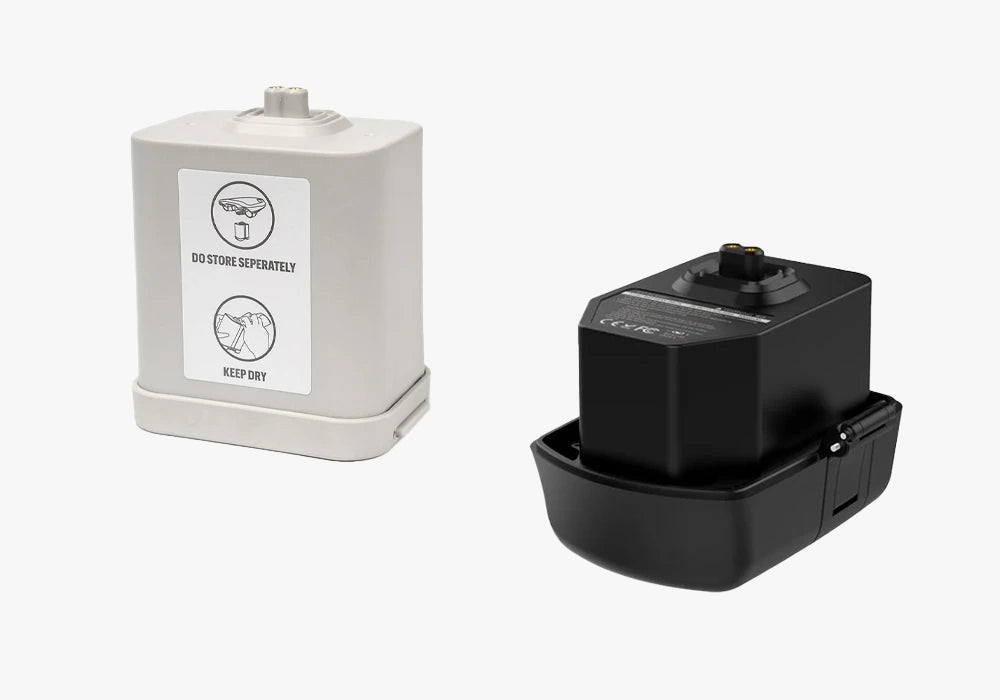




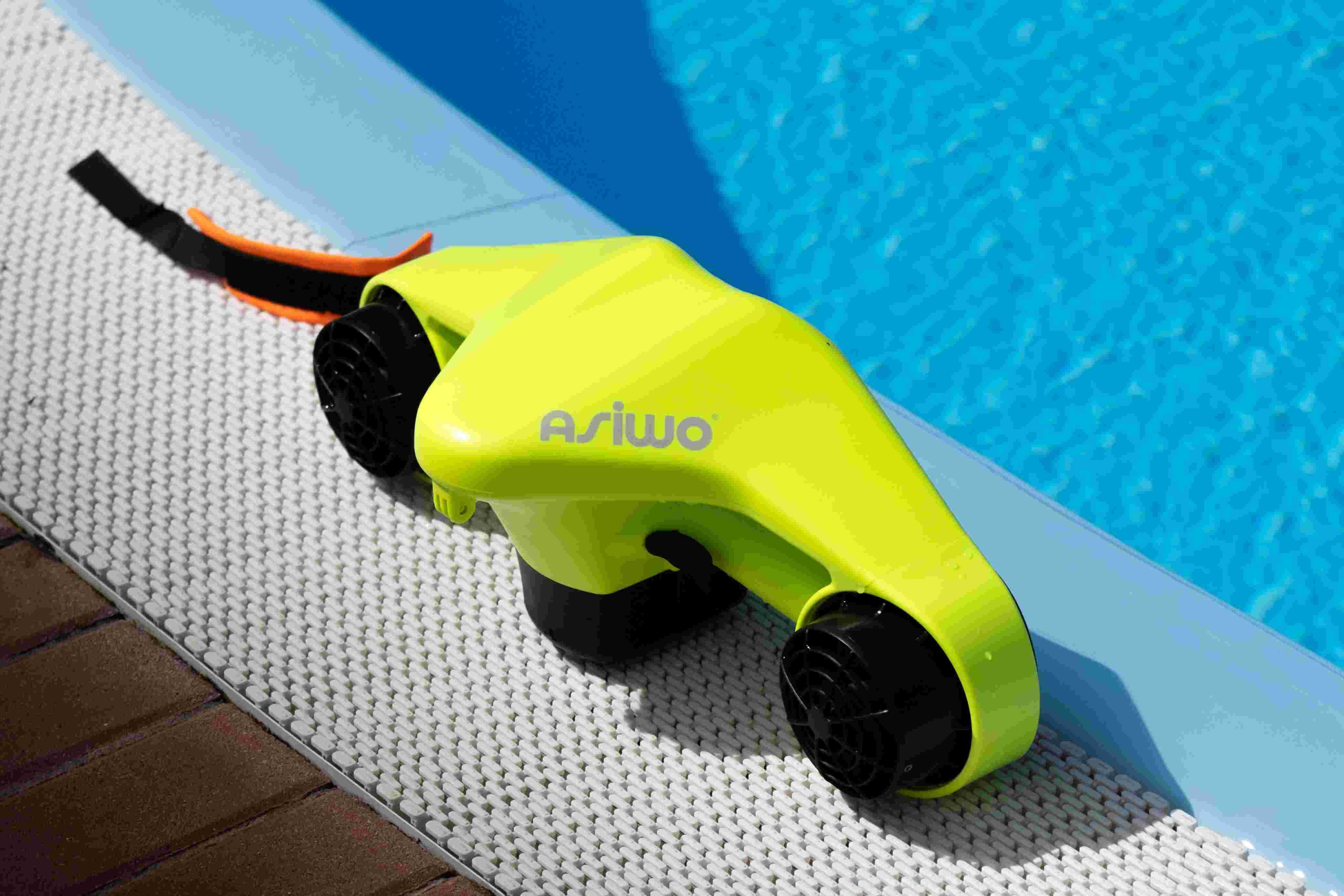
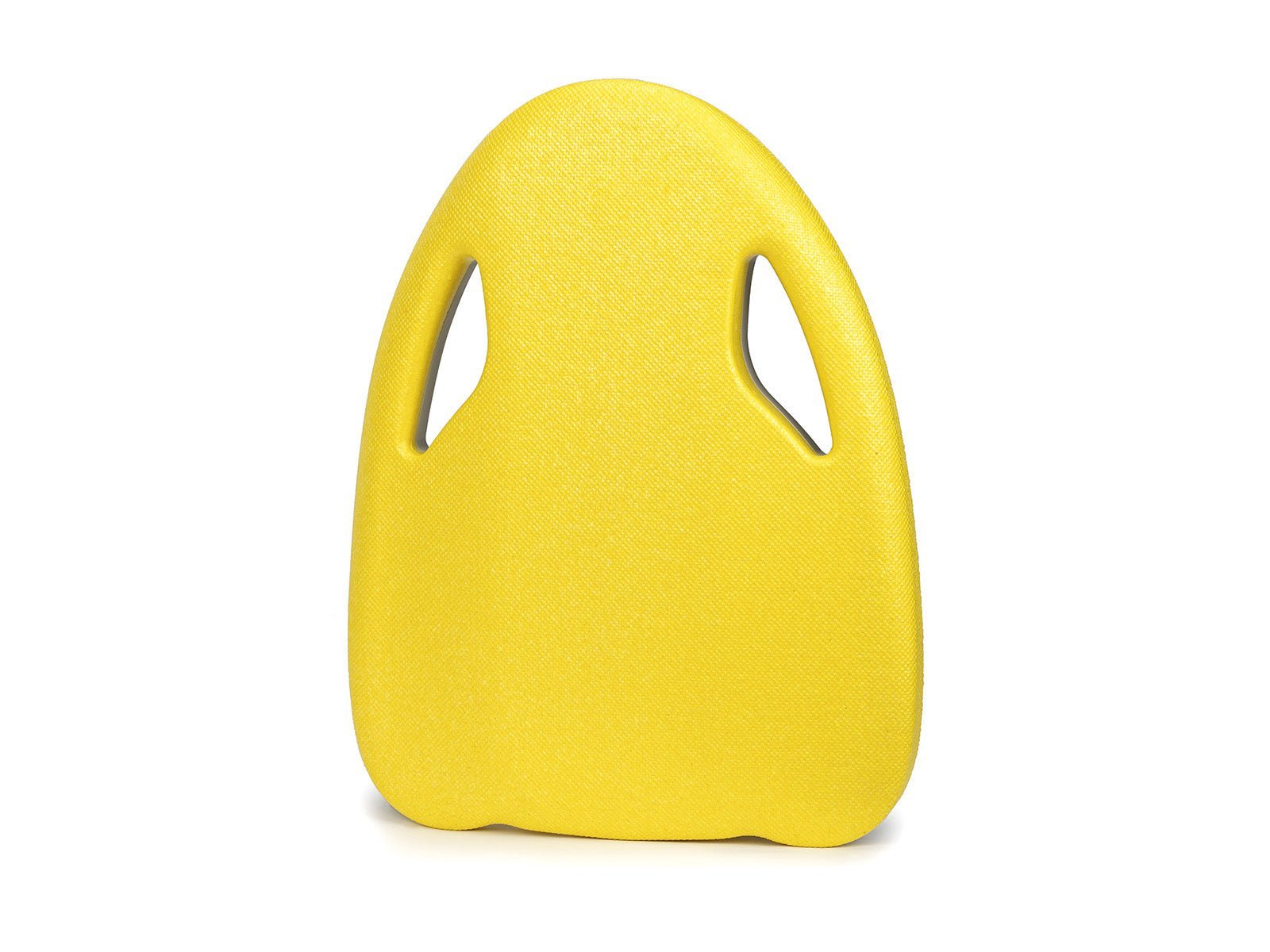
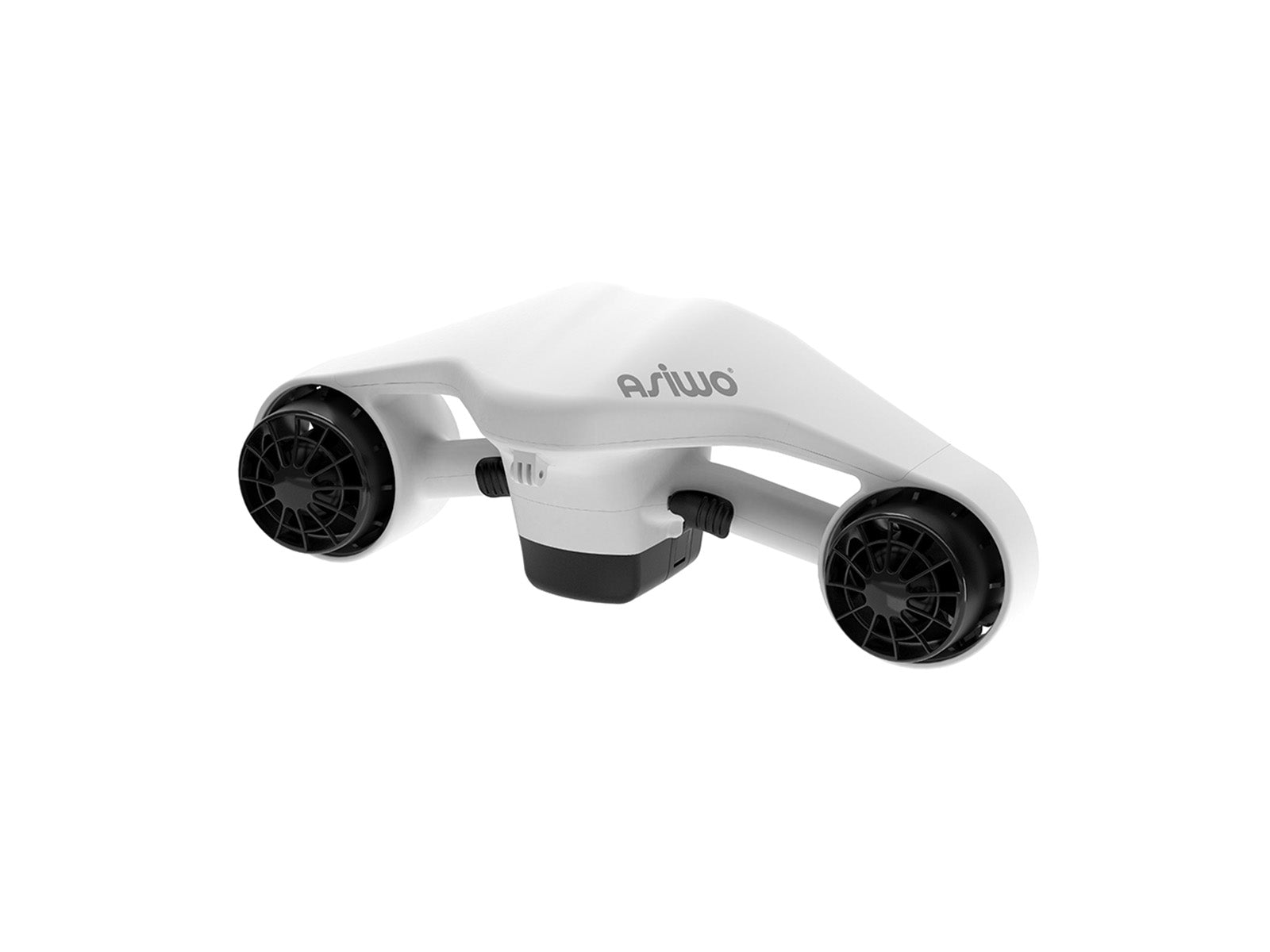
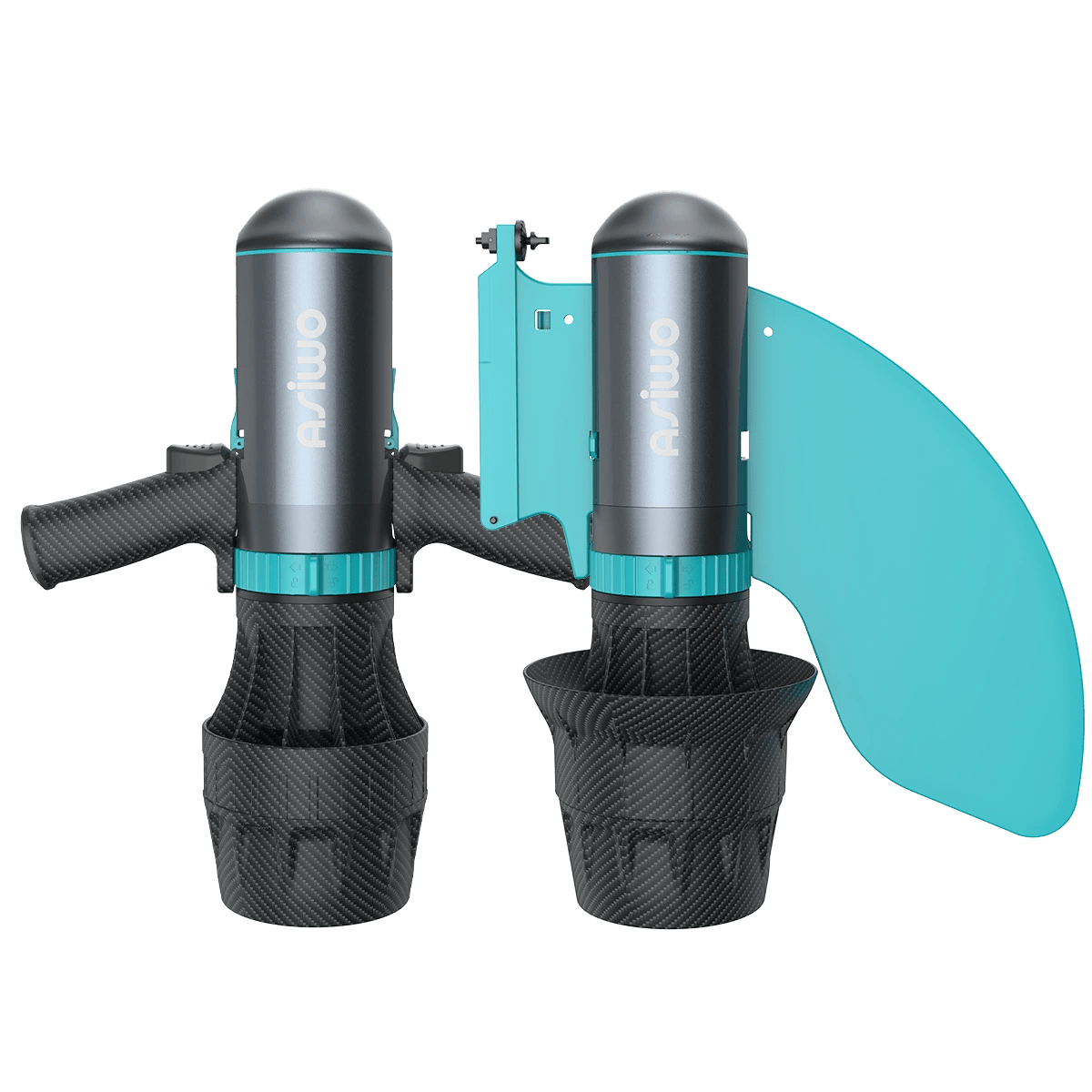




Dejar un comentario